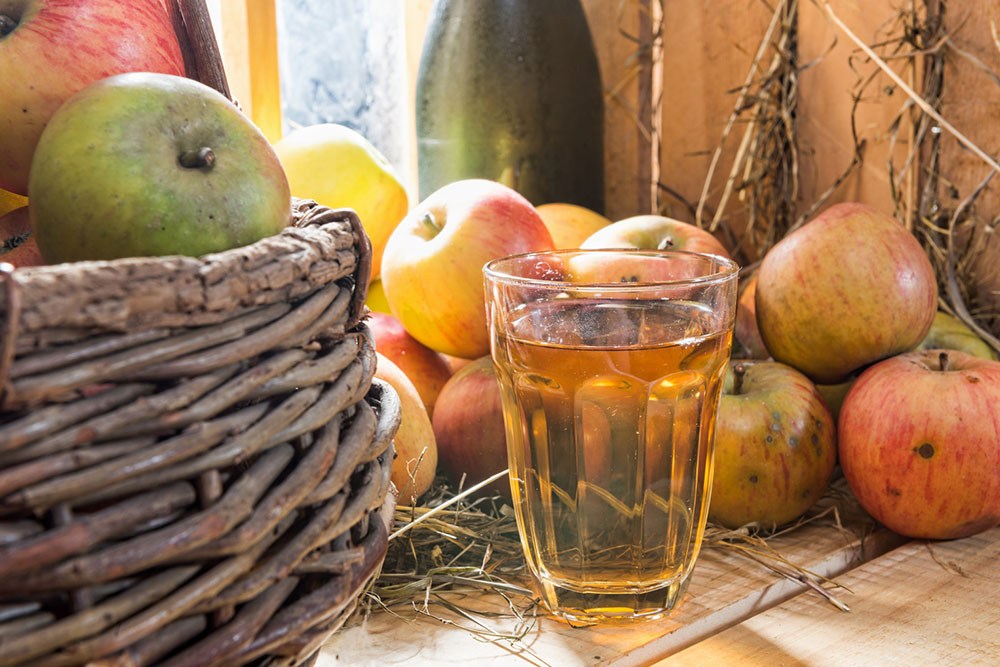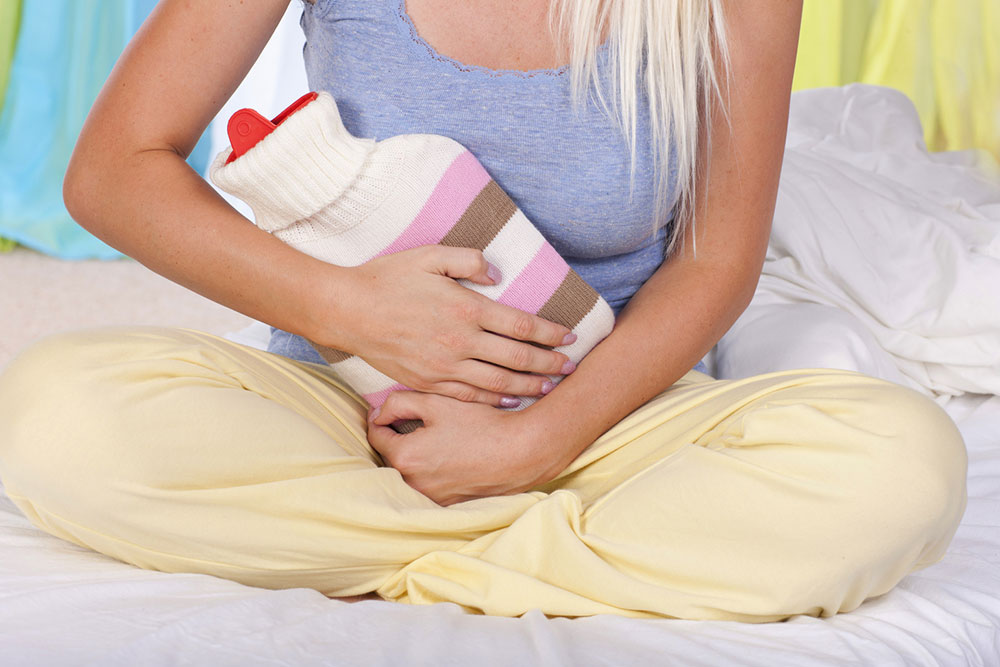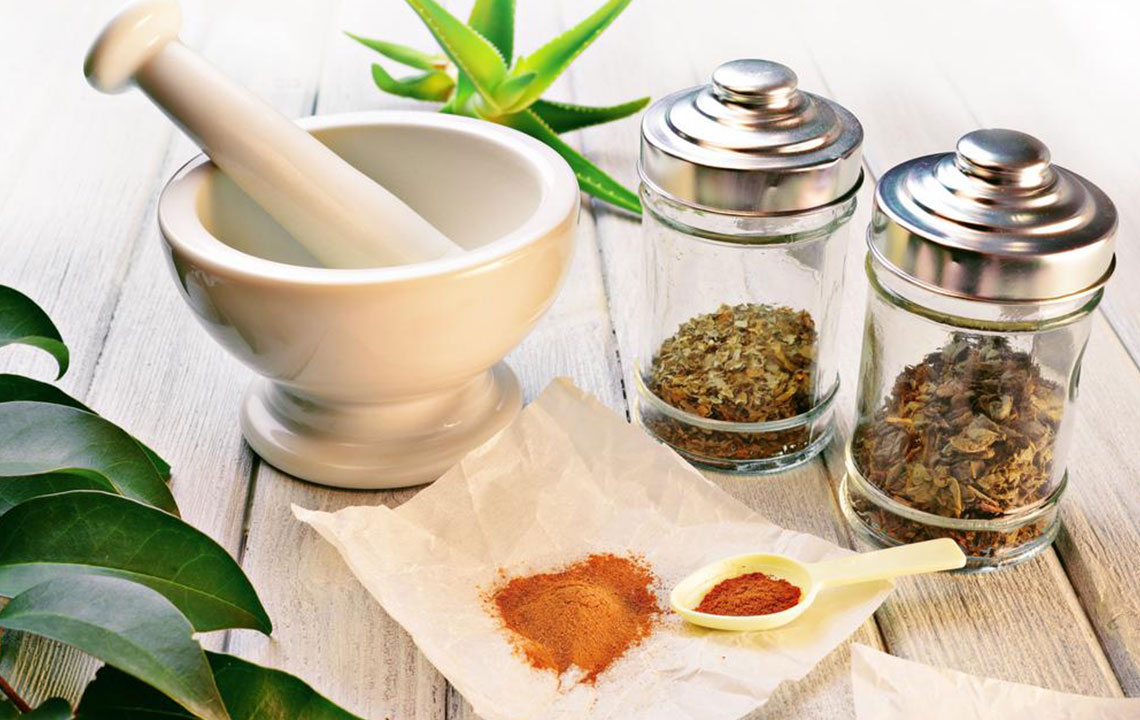Effective Strategies to Manage an Overactive Bladder
Learn effective strategies and treatments for managing overactive bladder symptoms. This guide covers causes, lifestyle changes, exercises like Kegels, medications, natural remedies, and dietary tips to regain bladder control and improve quality of life.

Effective Strategies to Manage an Overactive Bladder
An overactive bladder causes a frequent and urgent urge to urinate, often leading to leakage and incontinence. It may signal an underlying health issue. Fortunately, various approaches can help regain control and reduce symptoms.
Understanding Overactive Bladder (OAB)
If you experience the need to urinate eight or more times daily, you might have OAB. This condition impacts daily activities, work, and social interactions, sometimes causing individuals to withdraw from social events to avoid accidents.
Luckily, bladder training and natural remedies can help control symptoms. Understanding causes and adopting proper routines can significantly improve quality of life.
Common causes of OAB
Health conditions: Diseases such as diabetes, Parkinson’s, and kidney issues can contribute to OAB.
Age: Muscle weakening with age, especially over 60, increases OAB risk.
Menopause: Hormonal changes during menopause, particularly decreased estrogen, can lead to incontinence.
Pelvic floor muscle weakness: Damage or weakening of pelvic muscles can distort bladder function, causing symptoms of OAB.
Urinary tract infections: UTIs are also common triggers for overactive bladder symptoms.
Sometimes, OAB occurs without clear reasons.
Signs of OAB
Frequent urge to urinate day and night
Incontinence or urine leaks
Impact on daily life
OAB can affect emotional well-being, causing embarrassment, anxiety, and social withdrawal. People may avoid outings, gatherings, or even feel uncomfortable at home.
Treatment options for OAB
Management includes:
Medications: Anticholinergic drugs can reduce bladder muscle contractions and increase storage capacity.
Botox injections: Used for severe cases, Botox relaxes bladder muscles but may have side effects.
In addition, exercises to strengthen pelvic muscles and bladder control techniques are effective.
Bladder training and exercises
Techniques include:
Kegel exercises: To locate pelvic muscles, try stopping urination midway. Contract and hold for 10 seconds, then relax for 3 seconds; repeat ten times. Seek expert guidance for optimal results.
Scheduled urination: Record your urination pattern, then gradually extend the intervals between bathroom visits by 15-minute increments. Practice holding urination longer over time to enhance control.
Lifestyle modifications
Recommendations include:
Quitting smoking to reduce bladder irritation
Avoiding caffeine, alcohol, spicy, and sugary foods
Monitoring water intake to prevent overhydration
Alternative remedies
Certain natural therapies can support bladder health:
Acupuncture: Evidence suggests acupuncture may improve bladder control.
Herbal remedies: Gosha-Jinki-Gan, ganoderma, and corn silk are traditional choices for strengthening pelvic muscles.
Capsaicin: Derived from chili peppers, it can ease pelvic pain and enhance bladder capacity.
Herbs like ginseng and nettle: Known for anti-diuretic effects, they help reduce frequent urges.
Soy extracts and dandelion: Support pelvic strength and urinary control.
Dietary suggestions
Incorporate magnesium-rich foods, like potatoes and bananas, to support nerve and muscle function. Vitamin D from sunlight or diet (eggs, fish, fortified milk) aids absorption and pelvic health, reducing OAB symptoms.
OAB affects many, but with proper treatment—medications, exercises, lifestyle modifications, herbal and dietary remedies—symptoms can be managed effectively.










